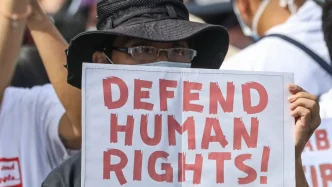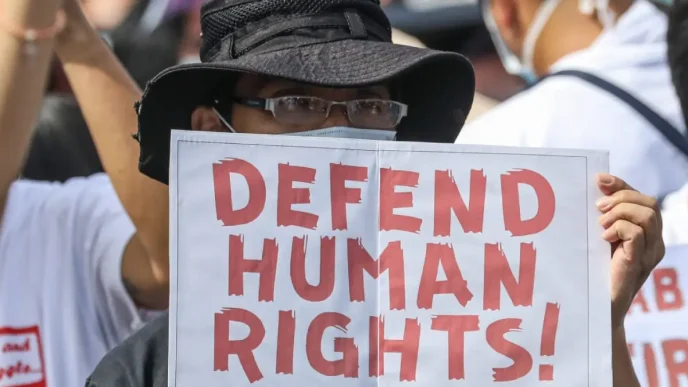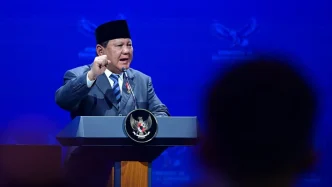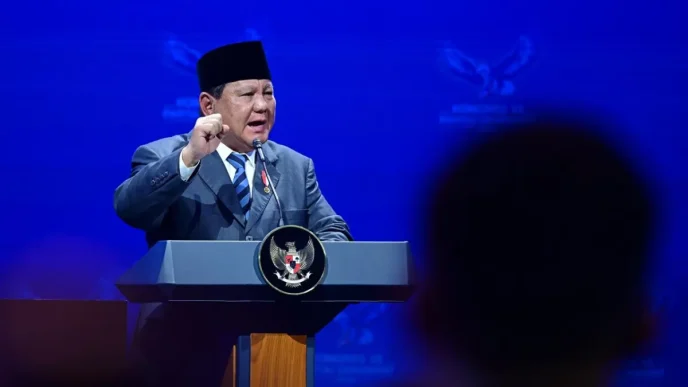As the first dawn of 2025 broke over Jakarta, the festive glow of New Year’s Eve celebrations at Kota Tua gave way to a more sobering sight: heaps of litter strewn across this beloved tourist spot. More than 29,000 revellers flocked to the area, leaving behind a trail of waste that local authorities scrambled to address, highlighting an ongoing challenge in one of Indonesia’s most iconic locations.
The Aftermath of the Festivities
Kota Tua, West Jakarta’s historic old town, transformed into a vibrant hub of celebration on New Year’s Eve, with fireworks lighting up the sky and crowds gathering at spots like Fatahillah Park and the Jakarta Kota train station. By Wednesday morning, however, the joy had faded, replaced by piles of plastic food packaging, drink containers, and other debris along the pedestrian pathways. Scavengers were spotted early, sifting through the mess for recyclable materials, while cleaning staff from the local environmental agency worked tirelessly to restore order.
The site was cleared of visitors by 1 a.m. to allow for immediate cleanup, a measure that has become routine in recent years. This year’s waste buildup echoes previous celebrations; for instance, the 2024 event reportedly generated 12.8 tonnes of waste at the same location. Such accumulations not only mar the aesthetic appeal of Kota Tua, a cultural treasure with Dutch colonial architecture, but also raise concerns about environmental health in a densely populated urban area.
Official Response and Efforts
In anticipation of the post-celebration chaos, the West Jakarta administration mobilised significant resources. Some 300 personnel from the local environmental agency were deployed, as confirmed by Achmad Hariadi, the agency’s head. Speaking to Antara, Indonesia’s state news agency, Hariadi outlined the preparations: “We had a meeting with the West Jakarta mayor, and we have prepared 300 personnel to clean up the trash.” This proactive approach underscores the administration’s recognition of the issue, though it remains a yearly hurdle.
The cleanup operation focused on removing non-recyclable waste while encouraging community involvement. Scavengers, often from marginalised communities, played a vital role in sorting recyclables, potentially mitigating some environmental impact. Despite these efforts, the recurring nature of the problem suggests a need for longer-term solutions, such as better waste management infrastructure or public awareness campaigns, though these aspects were not detailed in official statements.
Context and Implications
Jakarta, as Indonesia’s bustling capital, frequently hosts large-scale events that strain its environmental resources. Kota Tua, with its mix of history and modernity, attracts tourists year-round, but New Year’s Eve celebrations amplify the pressure. While this year’s event proceeded without major incidents, the visible waste serves as a reminder of broader urban challenges, including pollution in waterways and public spaces. Environmental groups in the region have long advocated for sustainable practices, such as banning single-use plastics at events, but implementation varies.
For global readers, Kota Tua represents more than just a party spot; it is a UNESCO-recognised heritage site, blending Indonesian history with colonial influences. The annual trash issue, therefore, is not merely a local nuisance but a reflection of balancing tourism, culture, and sustainability in a rapidly growing city.
While the celebrations brought communities together, the cleanup efforts highlight the need for responsible revelry. As Jakarta looks ahead, ongoing initiatives by local authorities could help turn this annual headache into a model of environmental stewardship.














